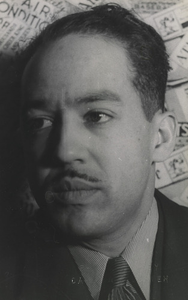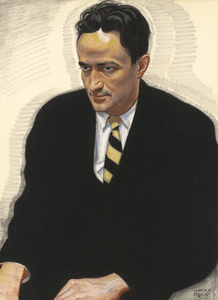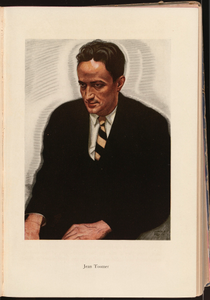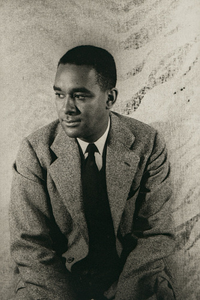Description
The Harlem Renaissance of the early twentieth century was a misnomer. Harlem had always been the capital of African America, with its own cultural and social traditions. What "Renaissance" actually connoted was whites’ discovery of African America and their grudging admission to allow the most talented blacks to cross the color line and gain a measure of acceptance, if not full social and political equality. Among poets, Langston Hughes was a trailblazer, not only for black writers but also for his ability to force his way into mainstream American literature. Although white intellectuals projected their racial fantasies and preconceptions onto African Americans, seeing them as a way of revitalizing a sterile culture by injecting a dose of the "primitive," Hughes focused on a deep commitment to African American history, treating the subject with the framework of modernist poetry. As would be the case throughout the century, a marginal or excluded group would reinvigorate the culture because their doubleness—the sense of being "in" but not completely "of" American society—worked to their advantage as artists. Paradoxically, the story of twentieth-century culture was sometimes best told through the eyes of those whom the culture most disdained: women, gays and lesbians, and African Americans.
Image
Photogravure
National Portrait Gallery, Smithsonian Institution
Record Contributed By
National Portrait GalleryRecord Harvested From
Smithsonian InstitutionKeywords
- Columnist
- Communications
- Costume
- Dress Accessories
- Dress Accessory
- Exterior
- Fedora
- Handkerchief
- Hat
- Hats
- Headgear
- Hughes, Langston
- Journalism
- Journalist
- Langston Hughes
- Librettist
- Literature
- Male
- Men
- Necktie
- Neckties
- Novelist
- Novelists
- Playwright
- Poet
- Poets
- Portrait
- Portraits
- Tie
- Translator
- Van Vechten, Carl
- Writer
- Writers





















